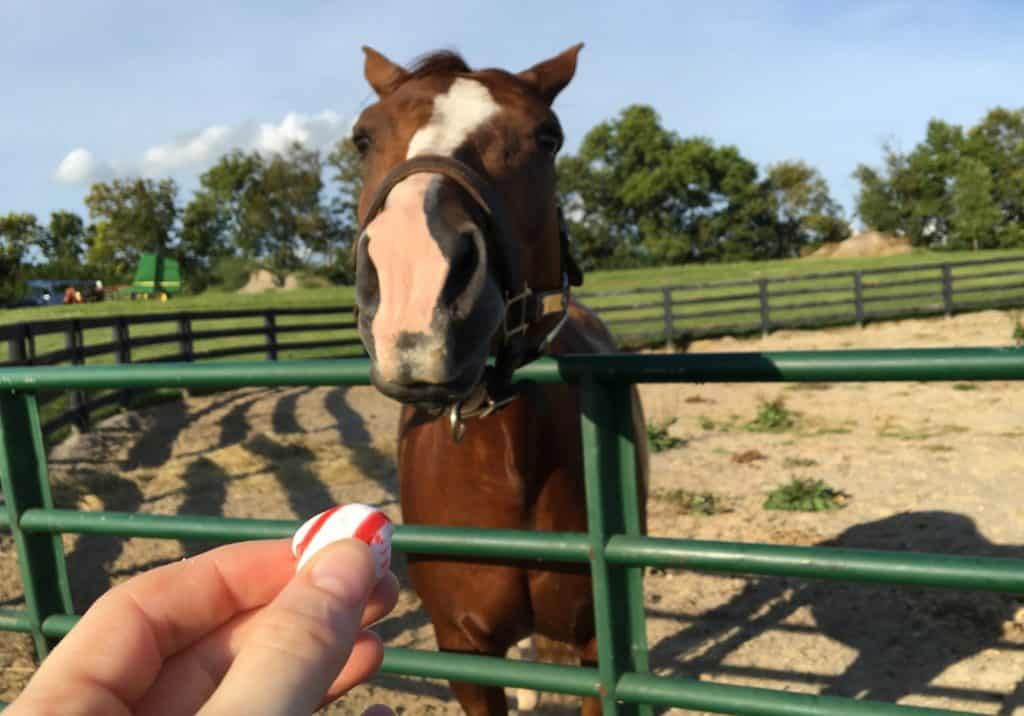
The Value of Hoof Radiographs
A veterinarian explains why hoof radiographs are important, how to use them, and what role they play in helping your horse feel and move better.
Laminitis (commonly called “founder”) affects an estimated 7-14% of the world’s equine population. It’s the inflammation of the tiny, interwoven lamellae that attach a horse’s hoof to the underlying coffin bone (third phalanx, or P3) and support the horse’s entire body weight. Anything that impacts the integrity of the lamellae, such as inflammation, weakens their hold. This causes the coffin bone to displace within the hoof capsule and move toward the ground. The condition is very painful and is often life-threatening to horses.
The same disease has several different causes, which include:

A veterinarian explains why hoof radiographs are important, how to use them, and what role they play in helping your horse feel and move better.

Work with your veterinarian and watch for signs of these 5 health conditions when you’re trying a horse to buy.

Yes, spring brings an increased risk of endocrinopathic laminitis for susceptible horses—but so does autumn. Here’s why.

Learn about the causes and clinical signs of laminitis in horses, and what researchers say about how to manage and prevent it.

Find out how you can keep your metabolically efficient horse healthy when he’s laid up with an injury or chronic illness.

Are horses that develop sepsis-related, supporting-limb, or idiopathic laminitis at a higher risk of developing endocrinopathic laminitis down the road?

Discover safe, low-sugar treat options for laminitic horses to satisfy your inclination to give them treats while preventing future episodes.

Learn how to assess your senior horse’s quality of life and know when it’s time to let go.

An equine veterinary podiatrist says ice might help address this horse’s foot pain but won’t solve the main problem.

Research shows slight shifts in the horse’s intestinal microbiome can have far-reaching effects.

Learning to read a horse’s facial expressions and postures at rest and under saddle can help you become more sensitive to detecting pain in horses.

Why do some hoof abscesses heal quickly while others linger? Why do some keep coming back? Two horse hoof experts answer these questions and more.

If you suspect your horse has a metabolic disease, timely and accurate diagnostic testing is essential to developing a management plan.

For some horses, overingesting certain grasses can lead to laminitis. Learn more about managing these horses and their pastures.

If your broodmare is overweight and/or has metabolic problems, her foal could be at risk. Here’s how you can keep both horses safe during pregnancy.

New methods might help veterinarians diagnose and treat the painful equine hoof disease laminitis more efficiently.
Stay on top of the most recent Horse Health news with
"*" indicates required fields